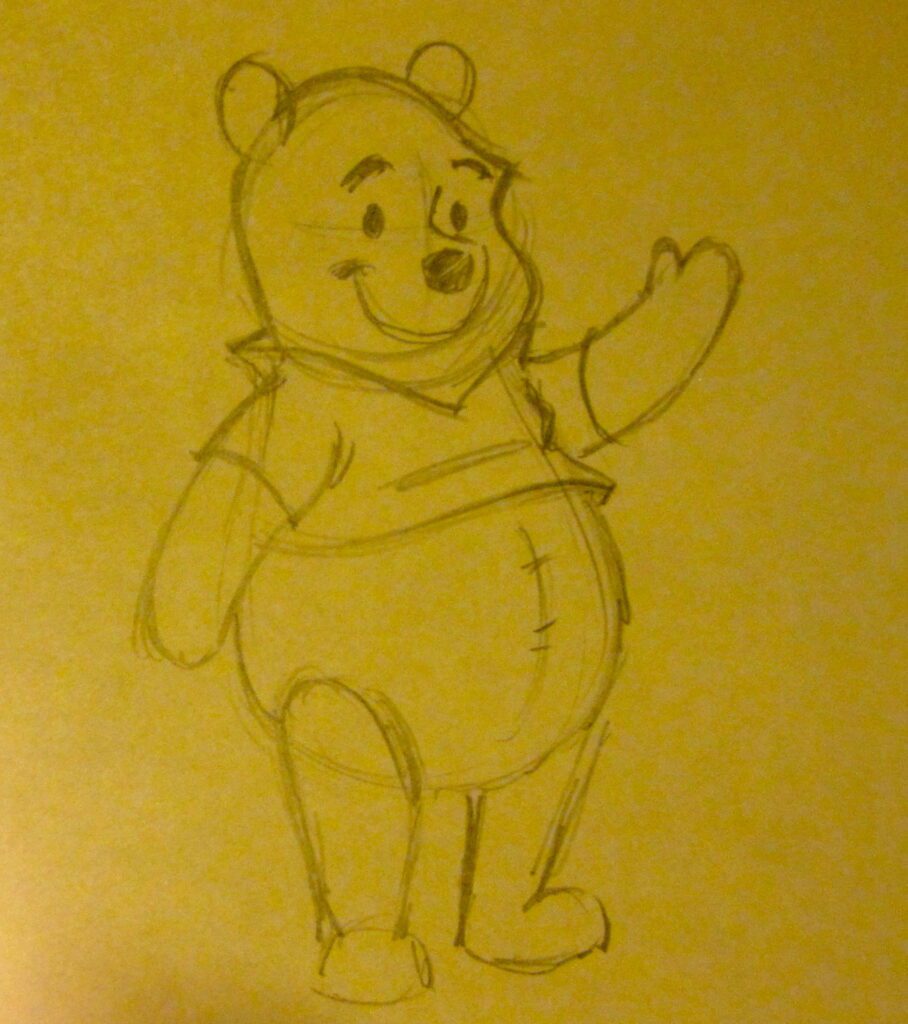Game animation combines artistic and technical skills to bring characters to life in video games. Animators must design characters with unique traits and personalities that convey the intended emotions and match the story, setting, and game mechanics. The artistic process involves brainstorming character designs, creating the character model, texturing and rigging, and animating the movements. Physics, math, and programming are essential in the scientific aspect of game animation. Animators need to understand laws of motion, vectors, matrices, scripting languages, and engines, to create realistic and engaging characters. Game animation is constantly evolving, and advancements in technology push the boundaries of what is possible.
The Art and Science of Game Animation: Techniques and Strategies for Bringing Characters to Life
Introduction
Game animation is an essential aspect of the video game industry. It is what brings a game’s characters to life, making them look realistic, and reacting naturally in different situations. Game animation is a combination of artistic and technical skills that work together to create a seamless experience for players. In this article, we will explore the art and science behind game animation.
The Origins of Game Animation
Game animation dates back to the earliest days of gaming. In the 1970s and 1980s, games were simple and had limited graphics, so animation was minimal. However, as technology improved, so did the quality of game animation.
The Art of Game Animation
The artistic aspect of game animation involves designing and creating characters, developing their personality, and animating their movements. Game animators need to have a strong sense of anatomy, movement, and body language. Creating characters that are believable and realistic is crucial in game development. The animation needs to match the story, setting, and game mechanics, and convey the intended emotions.
Creative Process
The creative process of game animation involves several stages. First, the animator must brainstorm character designs and concepts. Once the character is finalized, the animator moves on to creating the character model with the help of 3D software tools like Maya, 3Ds Max, or Blender. Texturing and rigging the character is the next step. Rigging involves placing bones, joints, and other elements in the character’s model to make them move realistically. Eventually, the animator creates the character’s movements, adding depth and personality to the character. It is the animator’s job to convey a character’s emotions through their movements and reactions, making the character seem like a living, breathing entity.
Character Design and Personality
Designing a character is critical to its success. A well-designed character is visually appealing, unique, and memorable, reflecting the game’s story, setting, and mechanics. The game animator must consider the character’s background and motivations, as well as the intended audience of the game. The character’s personality can be conveyed through their movements, expressions, and body language. By establishing a character’s unique traits, the animator creates an emotional connection between the character and the player.
The Science of Game Animation
In addition to the artistic techniques used in game animation, there is a scientific aspect to it as well. Game animators need to have a strong understanding of physics, math, and computer programming.
Physics in Game Animation
Physics plays a significant role in game animation, as it determines how objects and characters move in the game. For example, the animator needs to understand the laws of motion, gravity, and collision detection to make the character’s movements look realistic. Factors like mass, speed, and trajectory must also be considered to make the physics of the game work correctly.
Mathematics in Game Animation
Mathematics is also essential in game animation. The animator needs to understand concepts like vectors, matrices, and 3D transformations to create accurate character movements. By using mathematical formulas, game animators can make a character move fluidly and realistically, whether it’s animation of a bouncing ball or a character’s arm movement in combat.
Programming in Game Animation
Programming plays a crucial role in game animation. Animators must understand the programming language used by game developers to make the animations work correctly. This includes knowledge of scripting languages like C++ or Python, as well as game engines like Unity, Unreal Engine, or CryEngine. Animators must also work closely with game developers and software engineers to ensure the animation is compatible with the game engine and works seamlessly within the game.
Conclusion
Game animation is a combination of art and science. Animators must be skilled in both areas to create believable and engaging characters. By drawing on their artistic abilities and understanding of physics, math, and programming, animators bring game characters to life. Game animation is constantly evolving, and with advancements in technology, animators are pushing the boundaries of what is possible in game animation.
